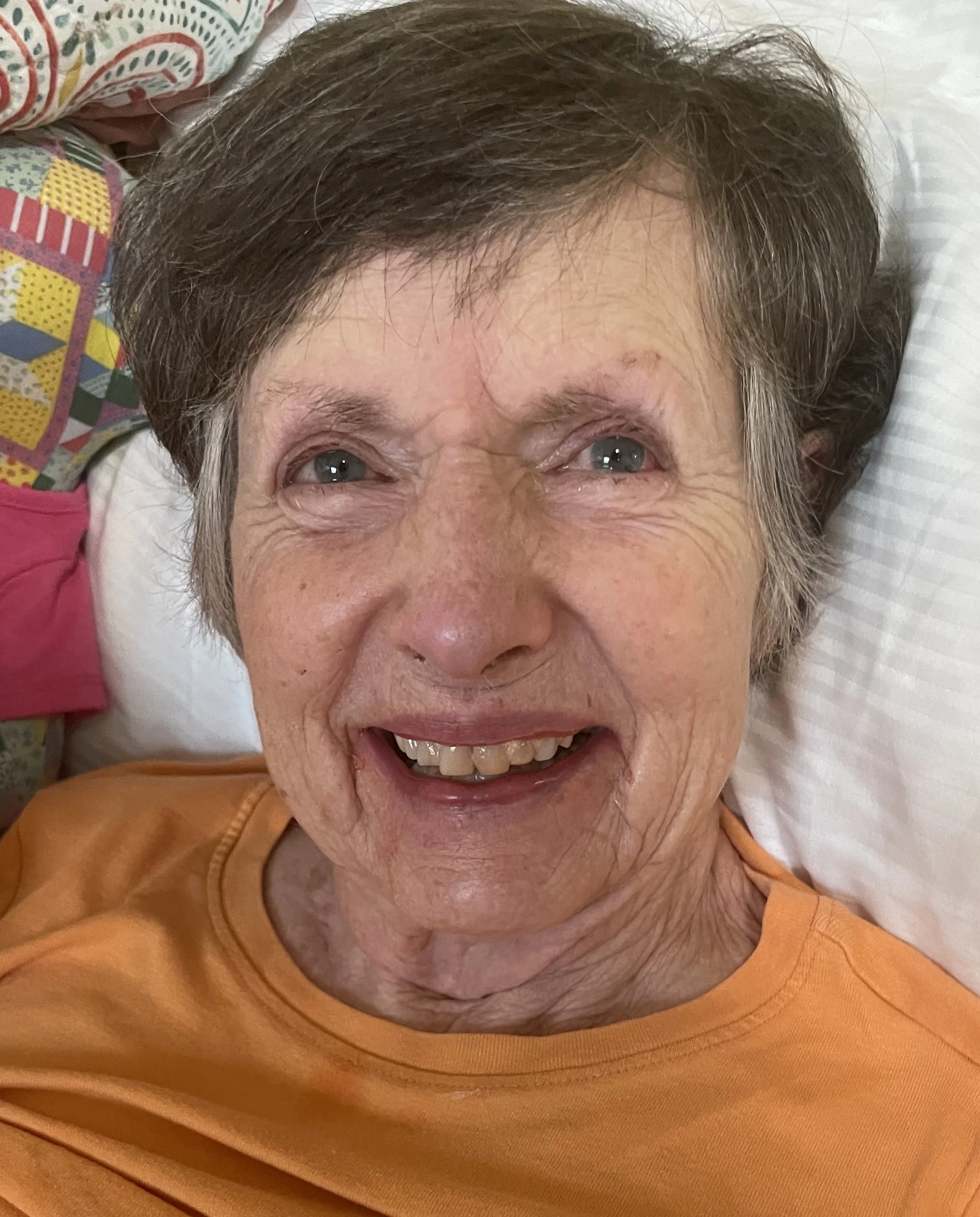Experiencing the hardest part of Alzheimer’s. She’s in a fog
It would be great if I could write a blog post on Ten Things I’ve Learned as the Spouse of an Alzheimer’s Victim. Heck, I’d like to write a book by that title.
But I can’t. I’m not sure I’ve learned even one thing. I don’t have solutions, only experiences. Few answers, but several questions. One of them is this:
What must the world look like to Evelyn, now that her brain has become clouded and compromised?
I got a clue to the answer in a unique workshop last week.
Dementia Live
Artis, where Evelyn lives, hosted a program offered by the Alzheimer’s Association called Dementia Live. Several 30-minute sessions each accommodated six or eight people who were given a glimpse of what the Alzheimer’s sufferer experiences.
After hearing a brief introduction, participants headed to a hallway where the attendant gave them each a set of thick gloves, large goggles, and headphones. The goggles hid all peripheral vision, allowing the wearer to see only through quarter-sized holes at the end of cones extending from the goggle frames. The headphones emitted a constant, annoying hum.
With vision, hearing, and touch all compromised, the participants each received their own list of instructions. I could barely hear the person talking to me, and I concentrated so much on grasping the first instruction I didn’t understand the other six.
I went in a room and found a black shirt—I remembered she had mentioned “black.” I put it on and tried to button it, but my gloved, clumsy fingers could not push buttons through the holes, and so I finally gave up. I couldn’t remember what else she told me, so I just wandered around the room, picking up and putting down a deck of playing cards, and randomly surveying objects in the room others in my group were trying to manipulate.
After a few minutes, I agreed I must be finished, and I went with the group to the conference room for debriefing.
Negative emotions
The leader gave us a sheet with a list of emotions and asked us to check which ones we were feeling. I marked “frustrated,” “stupid,” “angry,” and “overwhelmed.” I couldn’t complete one task they had asked me to do. (It was a black vest, not a black shirt.)
And I wondered, How often in the last several years has Evelyn felt as I did? No one asked her. We didn’t know how, and she didn’t know how to tell us.
The exercise underscored something I knew but I had often forgotten: Give one direction at a time to the Alzheimer’s patient. Speak slowly, and be willing to repeat calmly and kindly.
The Alzheimer’s patient is in a fog. All of her senses are blunted. Asking her to respond is not like talking to a child, or even a dog. This is something unlike anything either of you has ever faced.
I wish I had experienced this exercise five years ago.
It led me to ponder a larger lesson, actually two of them. I have room this week to discuss only the first one.
Whose benefit?
So often with Evelyn, especially when she was home, I was guiding or confronting her mostly for my benefit. I certainly didn’t fail to ask her what she wanted, and I regularly altered my schedule to satisfy her desires or abilities. But at the heart of it, I was helping her so we could get on with our (my) day.
Please stay inside. Come to dinner. Sit here, not there. Get dressed. Get undressed. Go to bed. Please . . . stay in bed.
I don’t think I was ever harsh with her; I’m not a dolt. But not often enough did I pause to think about what she was hearing or feeling when confronted with the next task to negotiate. I knew about the cognitive decline. I had no idea of the fog.
Closing in
Today the fog is obvious. Evelyn has retreated even farther into herself. She’s sleeping many hours every day, and even when she’s out of bed, she’s often lethargic or silent.
One of her aides delights in telling me something she’s said or an expression she gets on her face in response to something she hears. “She’s still in there,” she reminds me.
After eating every bite of her dinner last night, Evelyn opened her eyes for Jello, and our aide snapped a picture of her smile.
That’s good to hear. But the fog is closing in around her, and I wish I had seen it much sooner.
The workshop has led me to think about others I know hampered by a fog. I’ll be thinking about them—there are so many—with the post I’m planning for next week.



